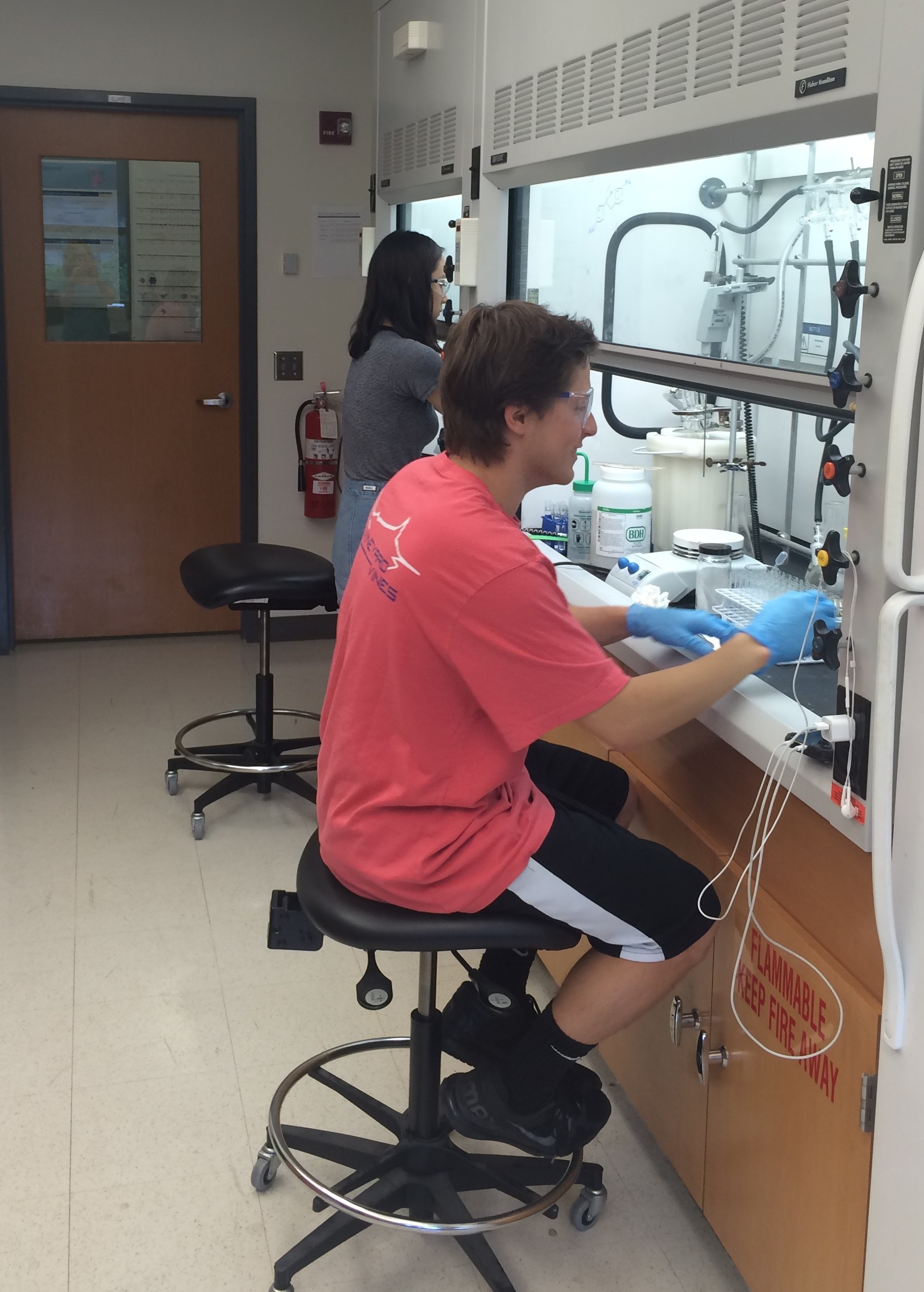

If you have been trained as an organic chemist (especially a synthetic one), you have most certainly sat for hours in front of a fume hood collecting test tubes as hopefully your desired product eluted off of a silica gel column. Looking back at graduate school, I remember fondly a product that would precipitate in the fractions as a little bit of ethyl acetate evaported in the hood; I was so excited for the beautiful white crystals that formed like snowflakes in the test tubes. Of course, in the advent of automated column runners (like Biotage and CombiFlash), the art of running a manual column is dying. In my postdoc, I relished the fact that I could set up a column and then walk back to my hood to set up the another reaction or sit at my desk and analyze data (or even run across the street to get some coffee!). But there was something about sitting down on a stool and letting the fraction collecting take over while listening to Taylor Swift singing or Harry Potter struggling through a year at Hogwarts that calmed me. Running a manual column allows you to take a break from “thinking” and focus on the science.
When I was setting up my own lab, the thought crossed my mind to invest in a column runner. Indeed, many of my colleagues at UR have them in their lab spaces. They are beautiful for undergraduate research, especially in the school year when the students can load the column before class and come back afterward to combine and concentrate their fractions. However, in the Pollock lab, we do not only organic synthesis, but biochemistry and cell biology and I figured my funds would be better spent on other equipment. So that means my students are “stuck” running manual silica gel columns to purify their products.
Last week I captured the photos to the left of James and Hyejin running simultaneous columns. I think it is a wonderful picture of science moving forward at the University of Richmond. After they leave UR, this skill (and so many more) will help them trouble-shoot problems, discuss research, and hone their patience. At the end of the day, let’s hope they appreciate it as much as I do.
-JAP

Recent Comments